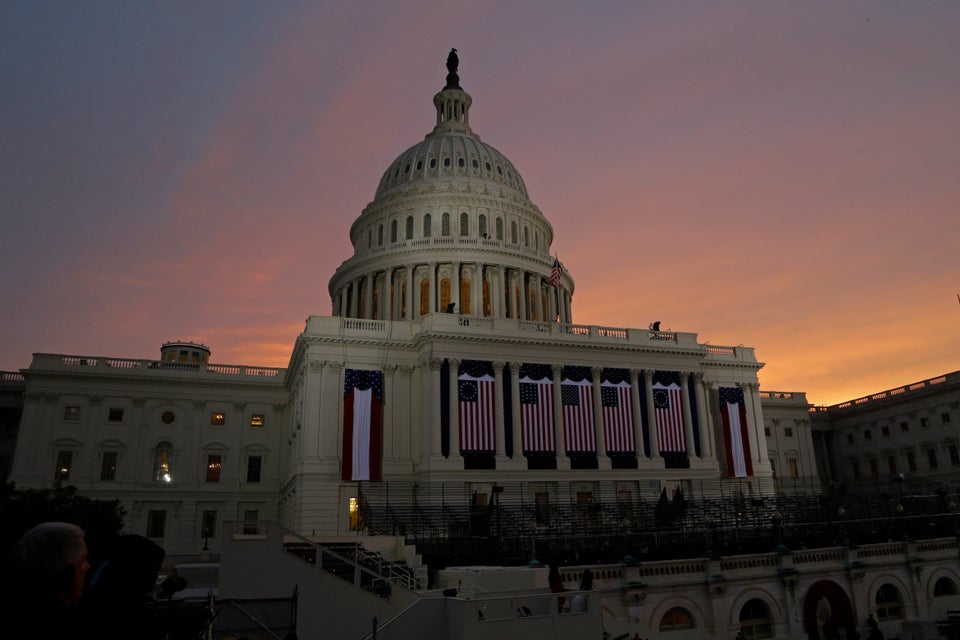WASHINGTON -- Local economies in the communities that border national parks are expected to lose as much as $30 million a day as a result of the government shutdown, according to an analysis from the National Parks Conservation Association, the nonprofit advocacy group that supports the park system.
The closures are clearly bad for anyone who works in the parks or who may have planned a family vacation to one of the 401 national parks across the country. But in towns near park entrances, the shutdown also affects businesses, including grocery stores, camping supply stores, equipment rental services, restaurants and hotels that rely on tourist traffic to the parks. (See a list of 13 parks you won't be able to visit because of the shutdown.)
"It means jobs and it means less income for working families here in Maine," said Christopher Fogg, executive director of the Bar Harbor Chamber of Commerce. Two million tourists pass through Bar Harbor on their way to Acadia National Park every year. Businesses there have already had a tough 2013, he said, as budget cuts forced Arcadia to close its park loop road to vehicular traffic for a month, from April 15 to May 15. Fogg said that a survey of the chamber's members found that the closure caused them to lose about 30 percent of their expected business for that month.
The prospect of potentially losing October visitors is even more discouraging, he said, as October is one of the most popular months at the park, with 300,000 visitors coming last October for the fall leaves. "This is a great time to be in Bar Harbor," Fogg said. "Everyone should be in the park enjoying the foliage."
An average of 715,000 people visit national parks across the country every day. During the last government shutdown in 1995 and 1996, local communities lost $14 million per day said John Garder, the budget and appropriations legislative representative for the NPCA. But that was during the winter, when visitation would have been lower anyway.
Other parks are expected to feel the pinch as well. "To have it happen in October is like closing a shopping mall at Christmas time," said Phil Francis, a former National Park Service superintendent of the Blue Ridge Parkway. "It's the time of year where you either make it, or don't make it."
Many parks were already dealing with budget and staff cuts due to sequestration. "This unfortunately has made a really bad situation even worse for national parks," Theresa Pierno, acting president of the National Parks Conservation Association, told reporters on Tuesday afternoon. The park service has seen a 13 percent budget cut over the last three years, said Garder. His analysis of the cost to local communities does not include the loss of income to the federal government from entrance fees.
The NPS said the shutdown is causing it to lose $450,000 per day in revenue from entrance and other fees, such those associated with cave tours, boat rides and camping.
"It's just not fiscally responsible to take this action now, especially with hardships given the sequester," said Garder.

